ARROCEROS FOREST PARK ARCHAEOLOGICAL SITE
The Arroceros Forest Park Site, given its proximity to the Pasig River, is believed to have served as a loading and unloading area for various commodities transported along the river with minimal trading activities taking place. It could have been used intermittently as a talipapa (makeshift market) until a permanent parian (marketplace) would have been moved elsewhere in the vicinity.
The term “arroceros” (literally “rice farmers”) originates from the early Spanish Period. Its root word “arroz” means rice suggesting that it was a place where rice was delivered via riverine routes, and eventually sold to consumers and retailers. The Arroceros Forest Park Site is the former location of Parian de Arroceros (1595–1639; 1645–1792), Fabrica de Cigarillos (2nd half of the 19th century to early 20th century), and compound of the then Department of Education, Culture and Sports or DECS (postwar to 1993), to name a few.
Thousands of archaeological materials systematically recovered at the site include ceramics (Chinese and European porcelain sherds, earthenware and stoneware sherds, Manila ware sherds, tiles), adobe and clay bricks, glass beads, bottle shards, metal fragments, various buttons, iron nails, metal crucifix, Spanish and Chinese coins, bone needle, and animal bones and teeth. Judging from the quantity and nature of archaeological materials recovered during the investigation, the heaviest occupation period appears to be the 19th century. All these items add up to the richness of our museums and serve as our tangible links not only to our ancestors but also to nature as it once was.
Article by Giovanni G. Bautista and poster by Randy M. Episcope | NMP Archaeology Division
© 2022 National Museum of the Philippines


















 On the other hand, the works of Impy Pilapil in the collection includes two serigraph prints and two mixed media sculpture representing her journey from printmaking to sculpture. Her two chandelier sculptures, “Fiesta I” and “Fiesta II,” were created in 2008, and can be viewed at the National Museum of Fine Arts, Sandiganbayan Reception Hall Gallery on the ground floor.
On the other hand, the works of Impy Pilapil in the collection includes two serigraph prints and two mixed media sculpture representing her journey from printmaking to sculpture. Her two chandelier sculptures, “Fiesta I” and “Fiesta II,” were created in 2008, and can be viewed at the National Museum of Fine Arts, Sandiganbayan Reception Hall Gallery on the ground floor.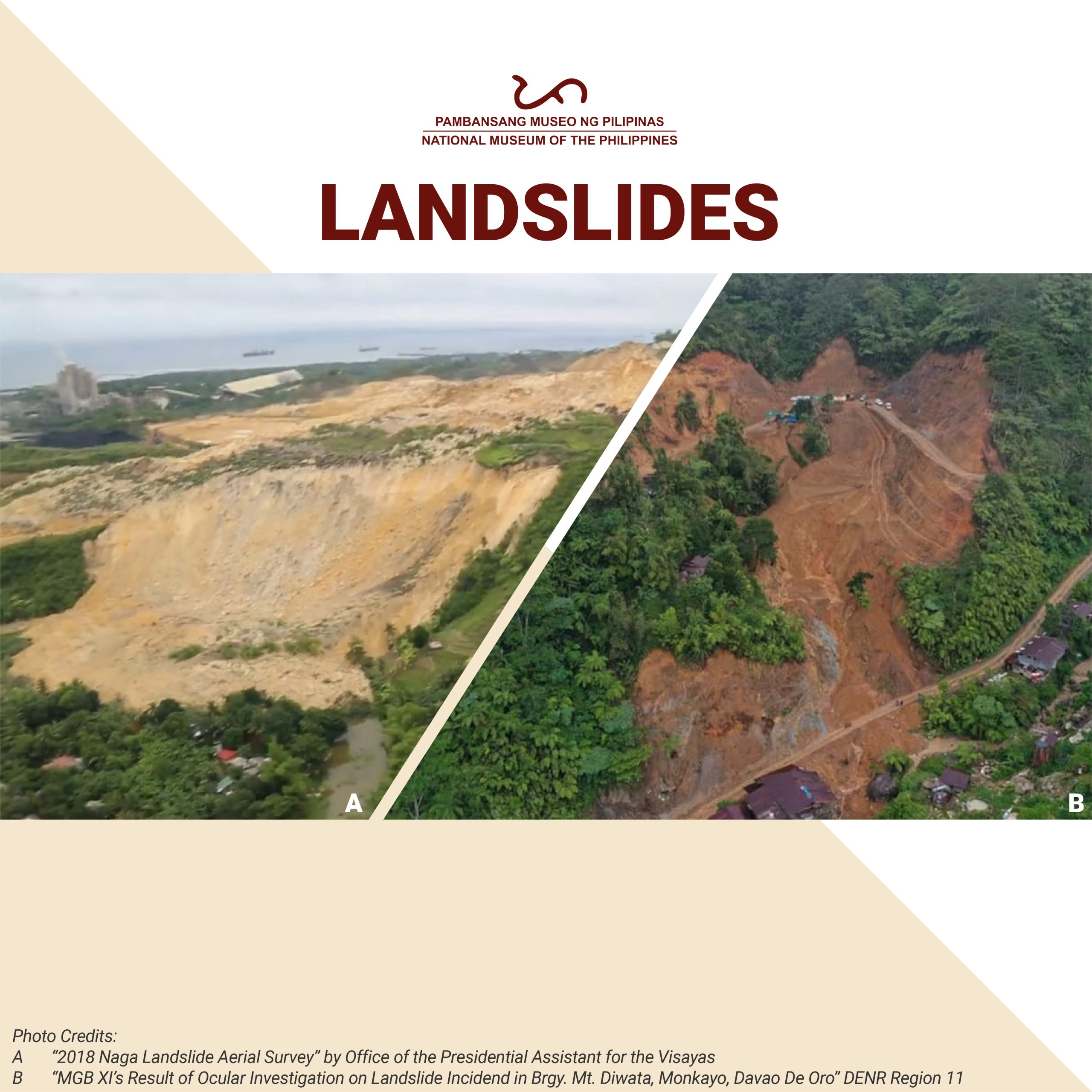
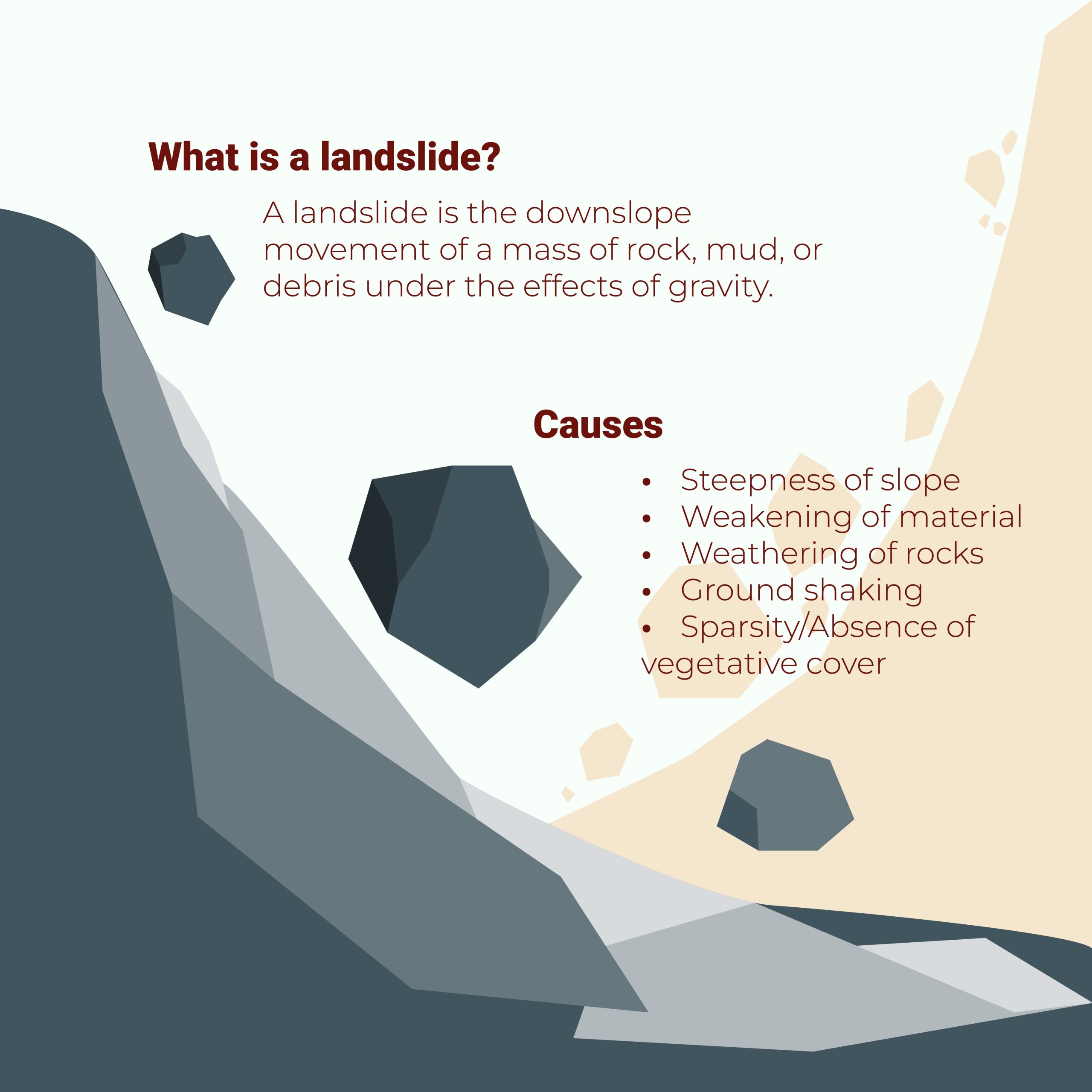
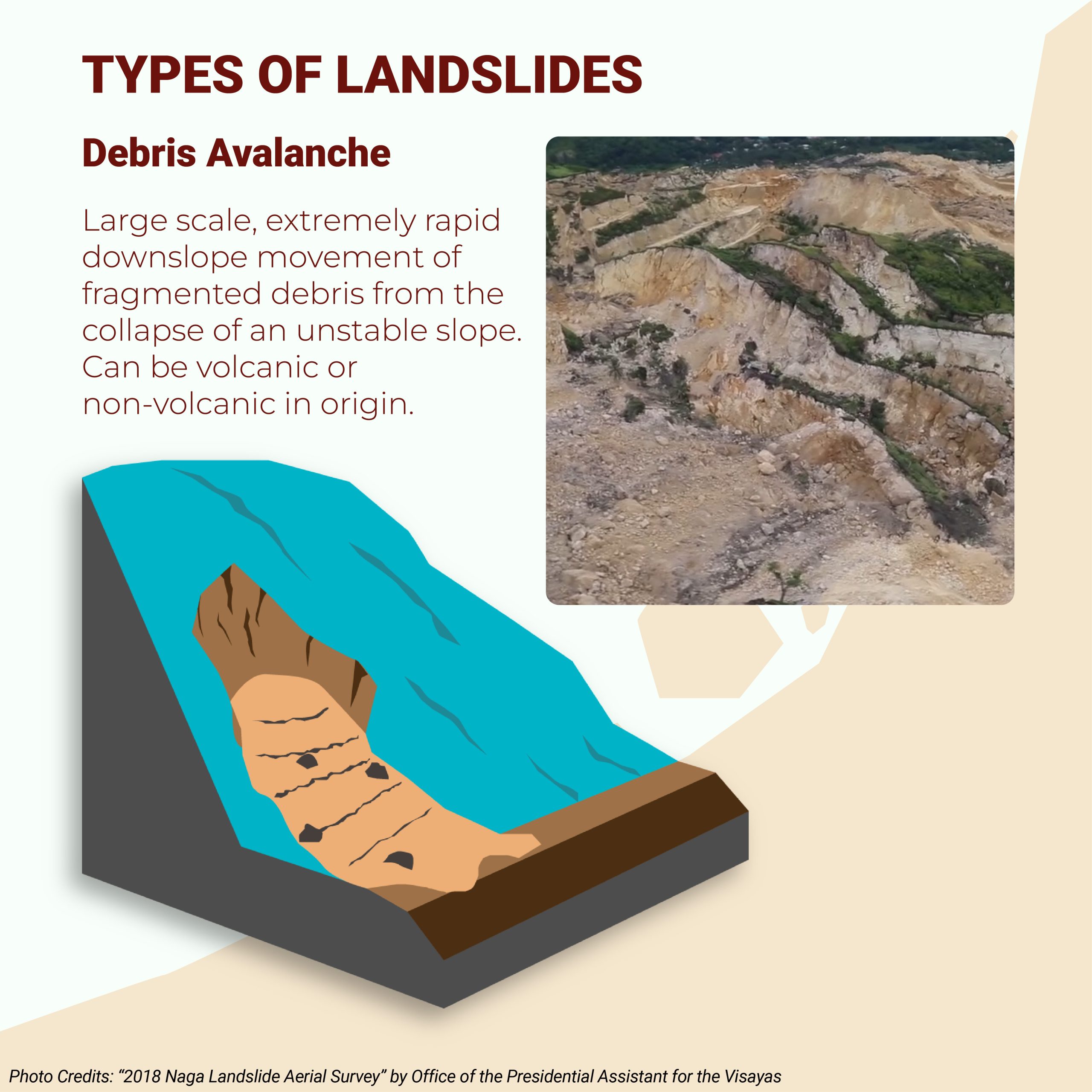
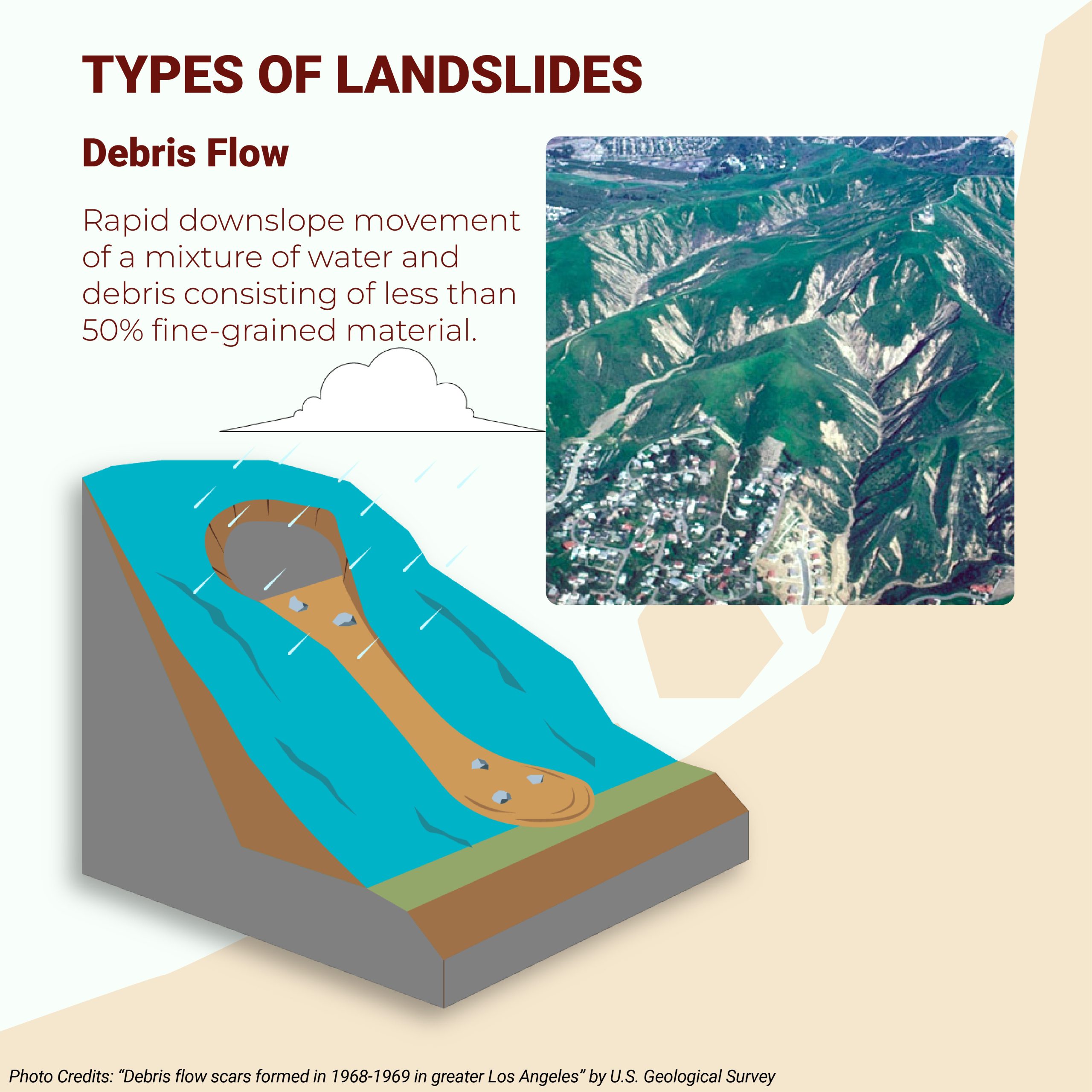
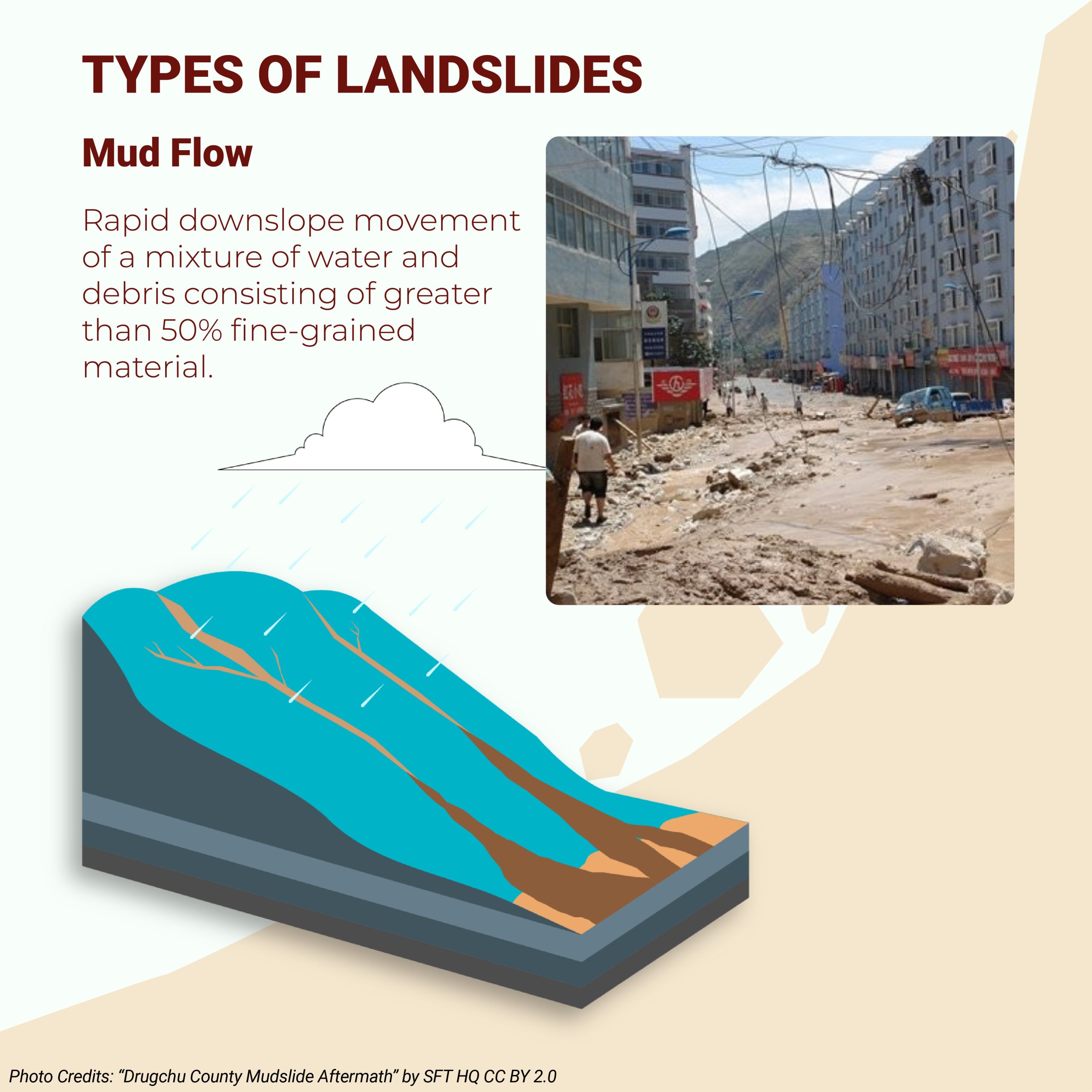
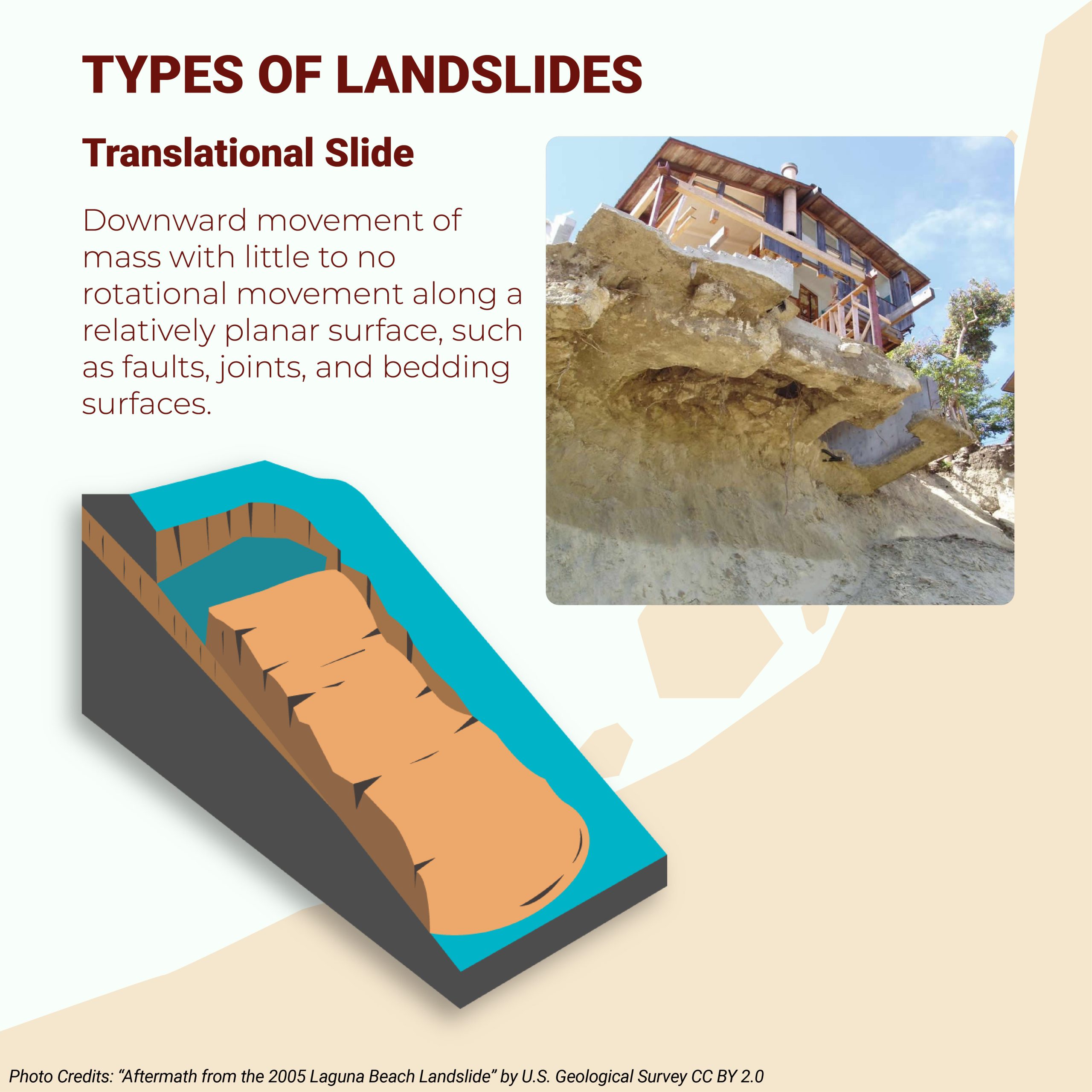
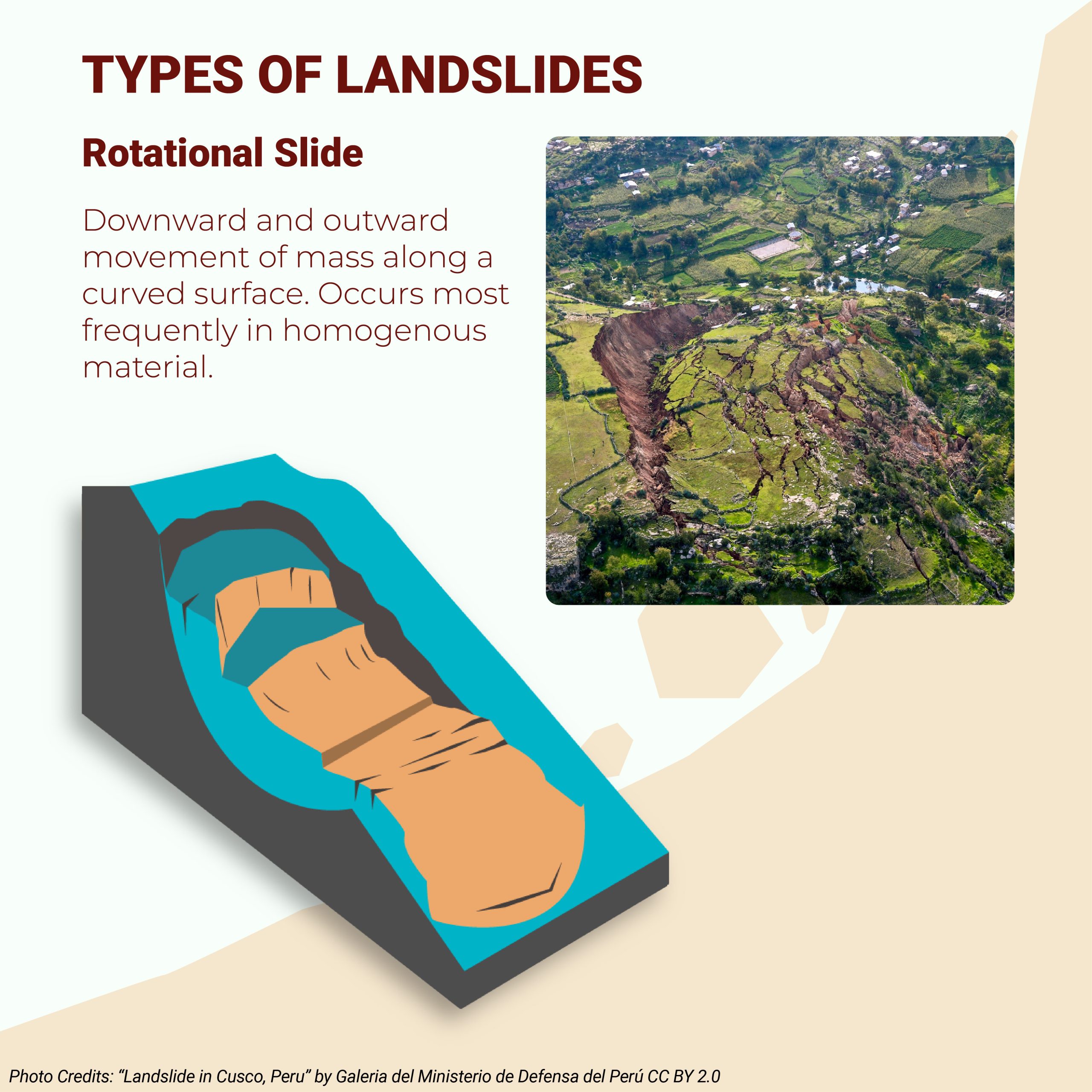
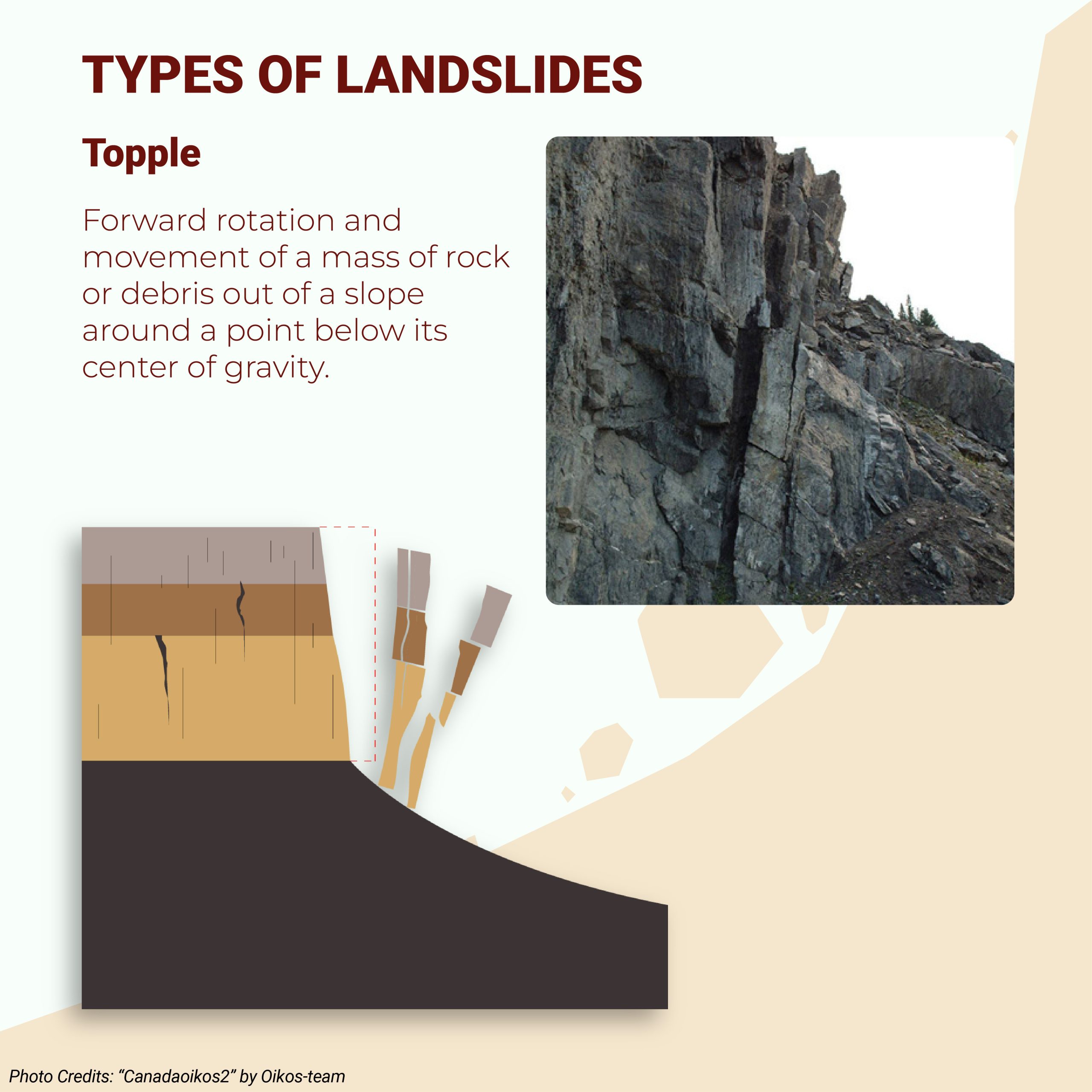
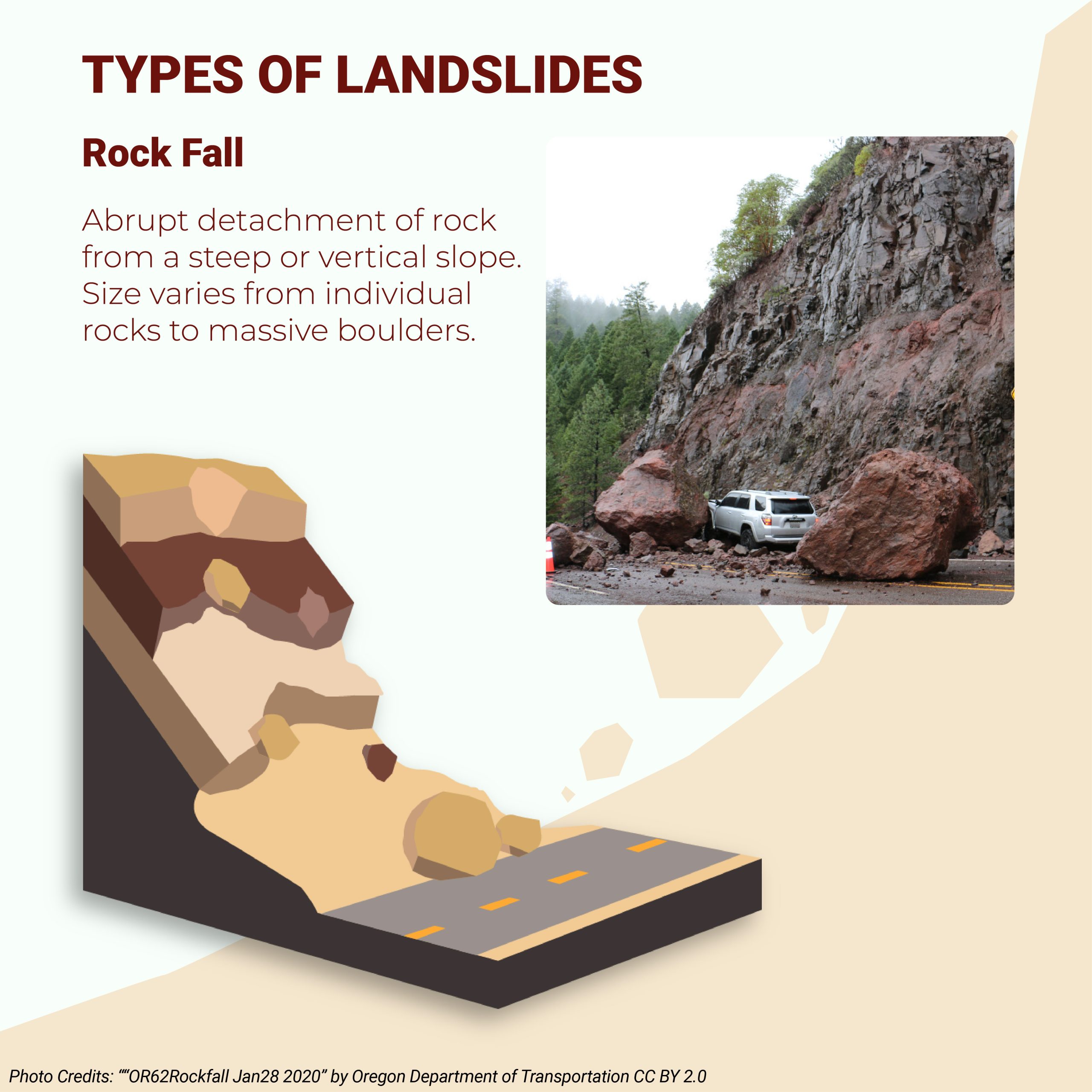
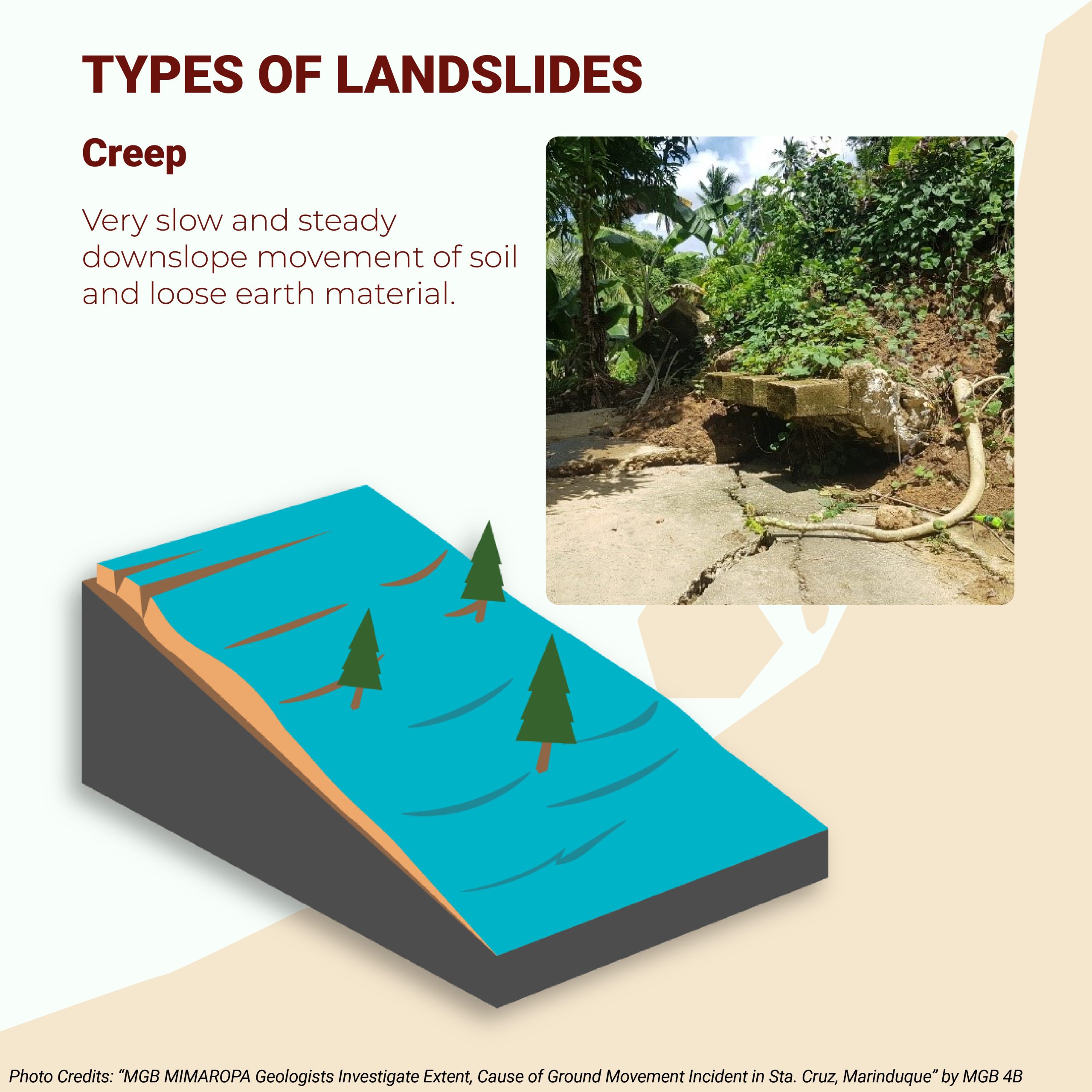
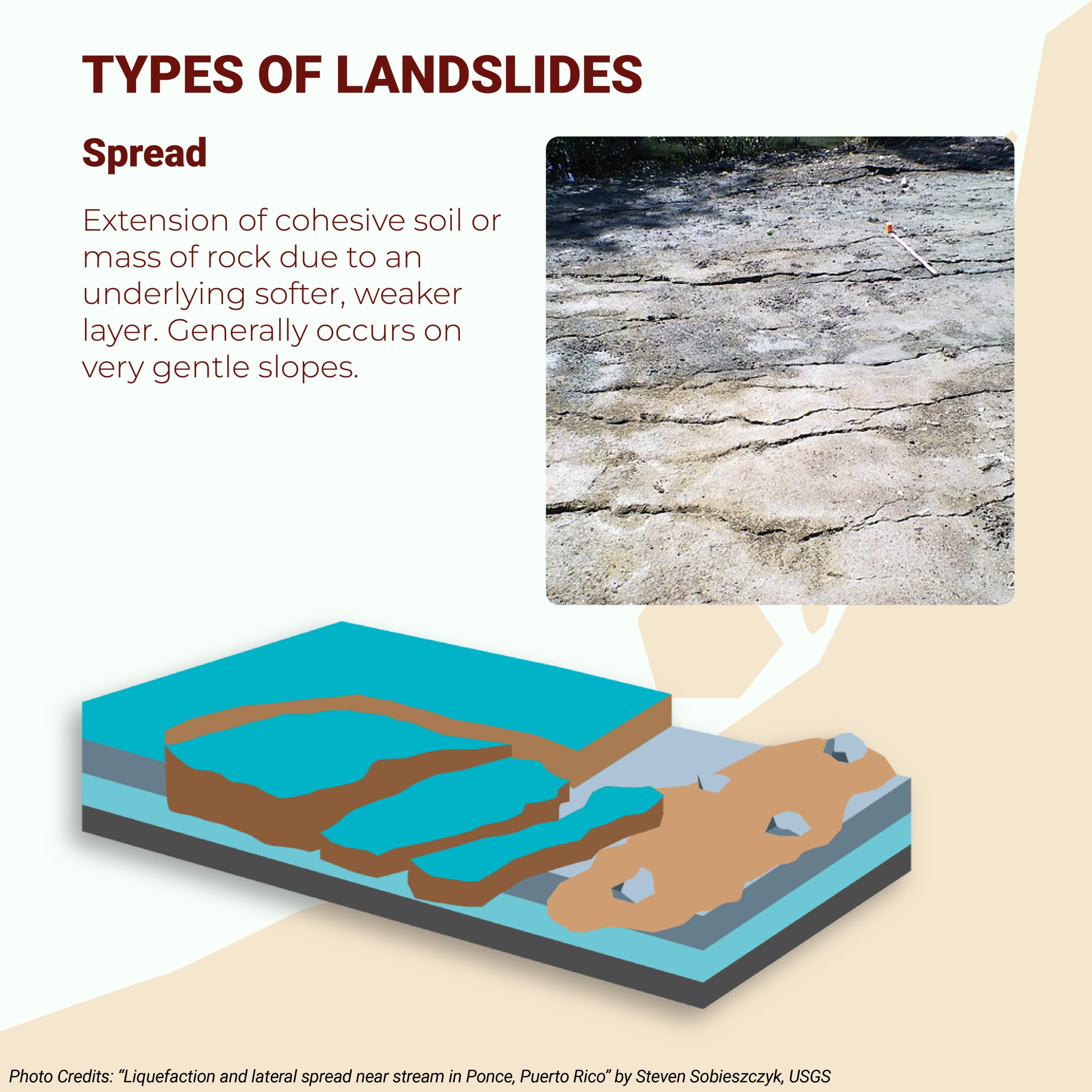

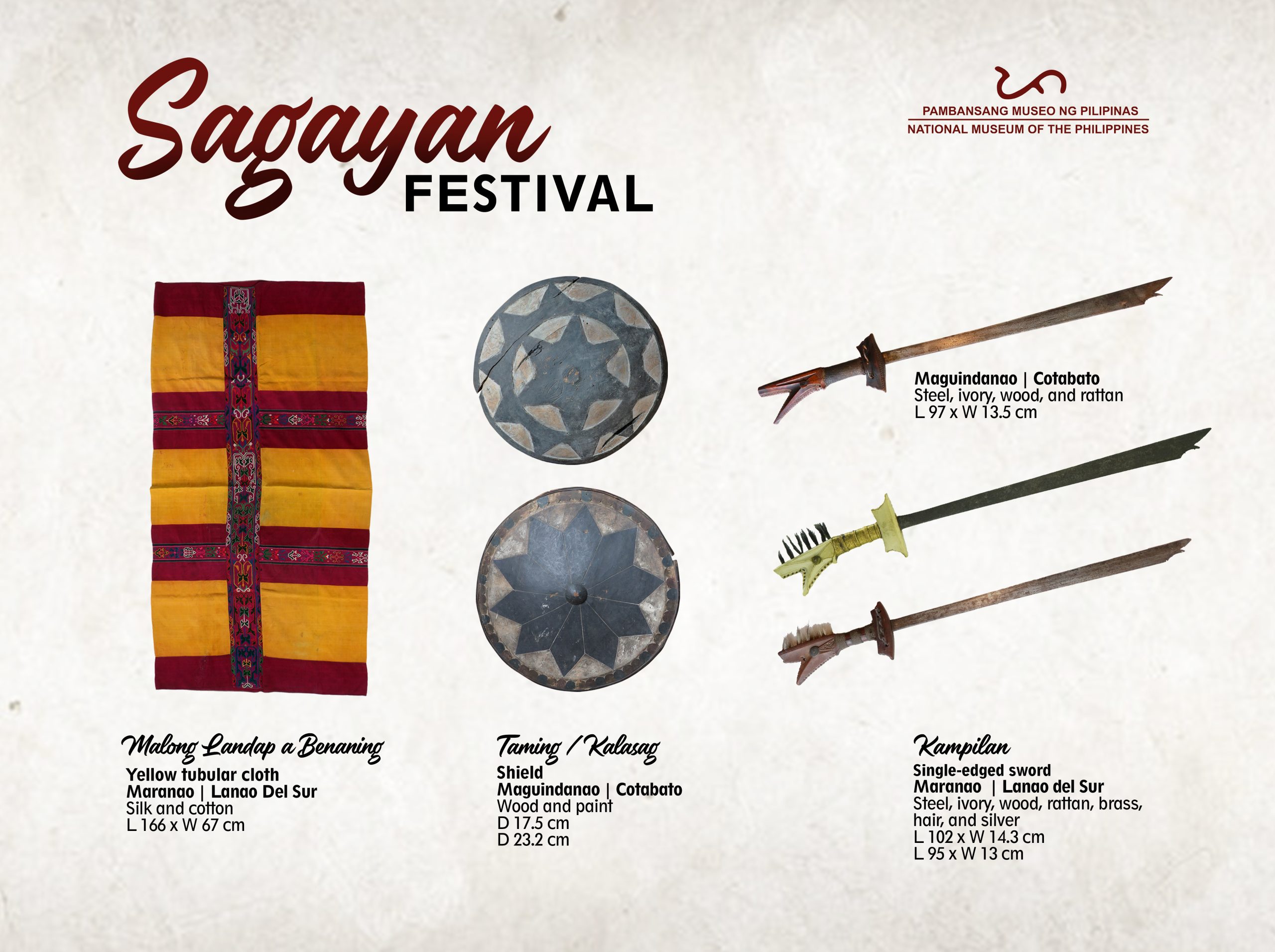
 Prior to the first
Prior to the first 